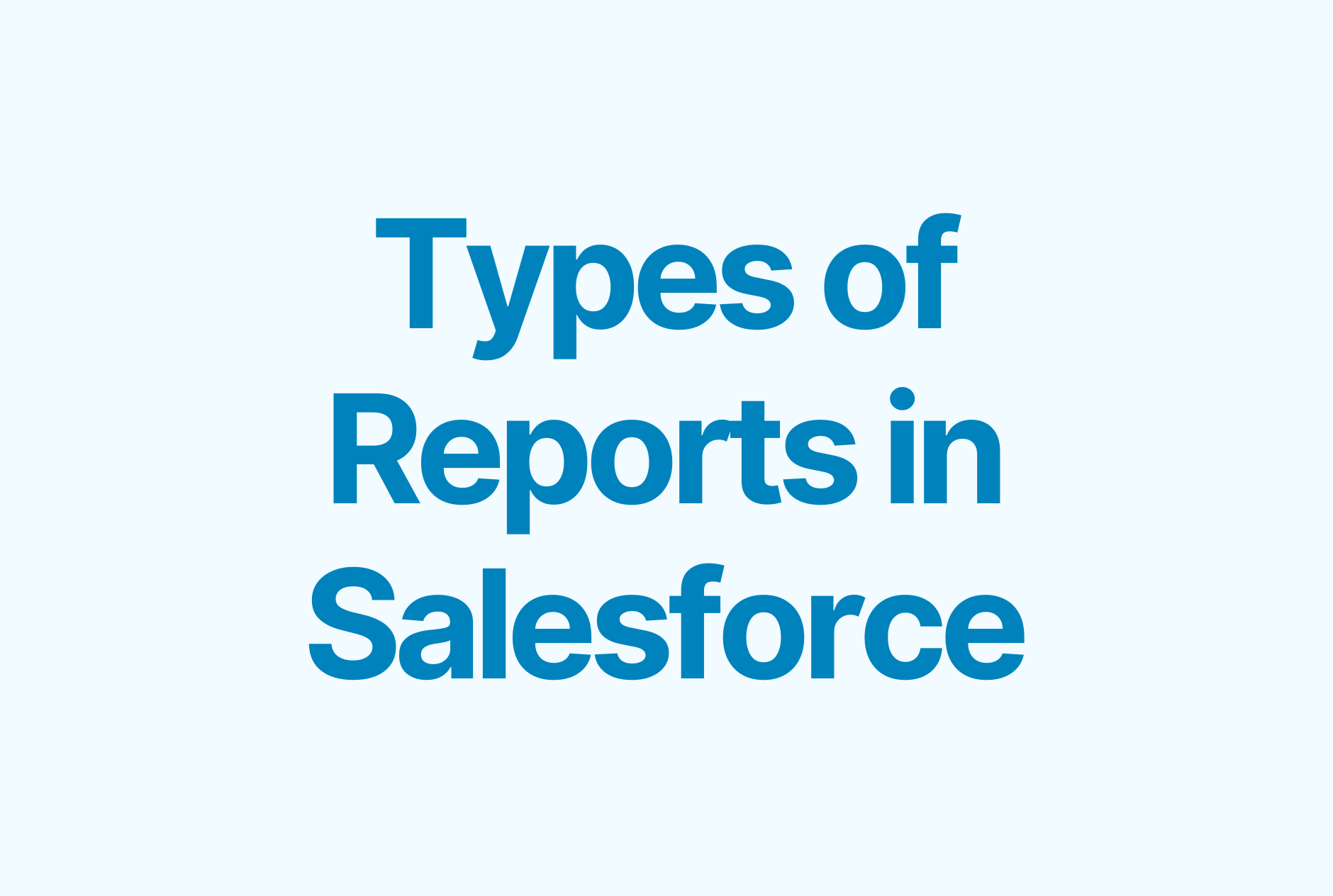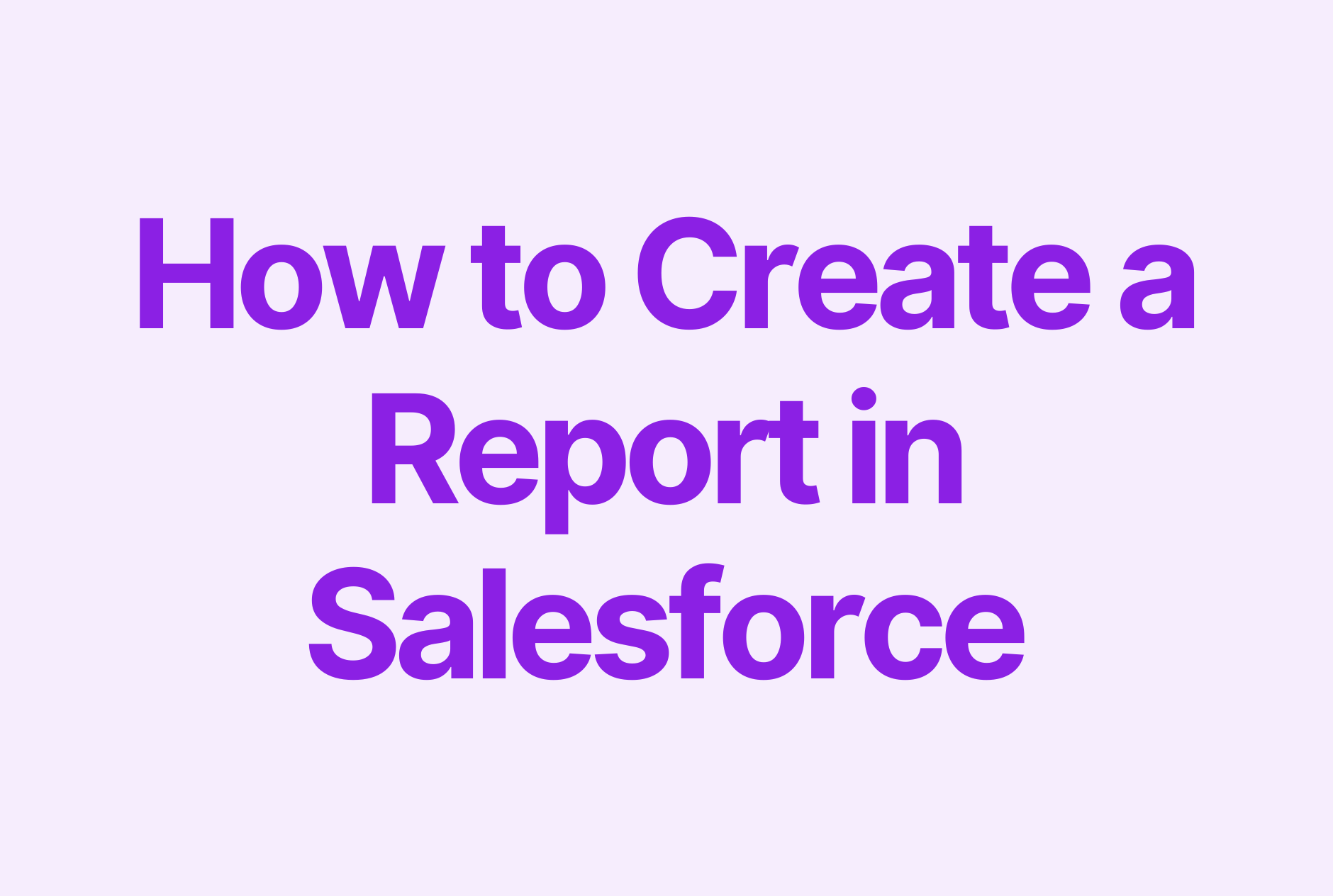32 Salesforce KPIs You Need to Track

How do you measure your team's activities in Salesforce? Setting and tracking key performance indicators (KPIs) is best practice.
In this blog post, we go over 32 Salesforce KPIs you should consider tracking.
What are Salesforce KPIs?
Salesforce KPIs are a way to measure your team's sales activities and performance in Salesforce.
They help you answer:
- What are your sales reps doing every day?
- How many demos have you scheduled for the week/month/quarter/year?
- The total number of inbound leads.
- How efficient is your sales process?
Top Salesforce KPIs you should be tracking
In this section, we'll go over 32 crucial Salesforce KPIs you should consider tracking.
#1. Lead response time
Lead Response time helps you understand how long it takes your team to respond to a new lead. The first engagement could be in the form of:
In essence, it answers how long it takes for your inbound team to process a lead.
#2. Follow-up contact rate
This metric shows you the average number of attempts a sales rep makes to reach a lead. We can't suggest the number of times the prospect should be contacted, but keep a note of the time.
In essence, the follow-up contact rate helps you understand the consistency of lead processing.
#3. Open pipeline value
Open pipeline value makes the monetary value of the current pipelines transparent based on the lead stage and prospect in the sales funnel. This metric gives you an overview of the value of each lead in every pipeline stage.
Using this metric, you can determine at regular intervals if you are reaching your revenue goal for that quarter or year and plan accordingly. The goal here is to become aware of any lead crisis that might come at any stage.
A quick way to get an overview of this metric for each stage in the pipeline is to group the forecasted value in a Salesforce kanban view.
#4. Pipeline value forecast
This KPI is determined by taking historical performance data and using it to estimate the advancement of your deals in any given interval of time. The forecasts also consider your committed deals, like:
- Old clients upgrading their contracts
- The value of the opportunities in your pipeline
This metric helps you determine the best and worst-case pipeline forecast based on your revenue goals, current deal value, and advancement of the lead stage.
#5. Average contract value
The average contract value is a fundamental revenue metric to track. This KPI helps you determine, track, and understand your product or service value to reach the revenue goal of the quarter or year. It helps you with:
- Average product/service value
- The threshold value of product/service
- Highest contract value
- Discounts and offer value
Basically, it helps you set the right revenue and pricing strategy for your business.
#6. Average sales cycle length
Average sales cycle length is a significant determining factor to shorten the sales cycle in the long run. Any sales cycle can be divided into 4-5 steps, like:
- Opportunity
- Proposal
- Negotiation
- Closing
The sales cycle division helps you uncover:
- How long it takes your or the lead to progress in the next step,
- if you are spending more time in just qualifying leads,
- What are the influencing factor on the average sales cycle length,
- Learnings from top performers who have shorter sales cycle lengths.
Basically, it helps you and your business understand how long it takes for you to close a deal.
#7. Sales activity
One of the main challenges that any organization faces is tracking their sales reps activities;
- How many calls do they make in a day?
- Number of emails and Inmails sent
- Was follow-up done? Etc.
- Time spent on prospecting
The sales activity metric of Salesforce helps you track these questions and make them transparent for the entire organization.
#8. Outbound calls
Outbound calls KPI shows the number of outbound calls and meetings done by sales reps in a week. You can use this metric to understand which week is more promising for your sales rep and team and how it correlates to your outbound strategy; outbound calls and outbound rate.
#9. Outbound calls contact rate
We just spoke about outbound rate; this KPI helps you determine the top performer of your pack; by checking the number of calls they make in a day or week. But outbound calls are also determined by various other factors such as:
- Weekday,
- the local time,
- local holidays,
- phone number
So while tracking this KPI, keep the other factors in account.
#10. Number of demos
This KPI of Salesforce shows you the relation between the number of calls made to the prospect and the number of demos scheduled. Cold calling is usually not that successful. Sales reps have to make multiple follow-up calls to schedule one demo.
"Did you know If you make about six calls without giving up, you have a 93% possibility of winning a sale?" - Saleshacker
Tip: Try our Sales Quota Calculator
#11. Total amount of inbound leads
The total amount of Inbound leads helps you track the number of inbound leads generated for your business, especially through your sales reps. You can set up a target for your team over the course of time, like daily, weekly, or monthly and track the number of leads being generated versus the qualified lead rate.
In short, the total number of inbound leads shows you the number of leads you generate in a day.
#12. Lead-to-opportunity ratio
Qualifying a lead can be the easiest or difficult task for any sales rep. There are many techniques to qualify a lead, like the MEDDIC method, but just qualifying is not enough. It would be best if you even tracked the rate of conversion.
As the name suggests, this KPI shows you the rate at which the lead converts to an opportunity. This KPI represents the quality of the lead that is being generated by your inbound and marketing team. By tracking this KPI, you can uncover the conversion rate for your inbounds and MQLs to SQLs.
#13. Opportunity-to-win ratio
For the revenue target, just finding the opportunity or qualifying the lead is not enough. You obviously have to convert your opportunity to a win. It is where the opportunity to win ratio, Salesforce KPI, comes in handy. It shows you the likelihood of a sales rep winning a deal and the rate you deal, but this KPI is contingent at the start of the lead cycle.
A low opportunity-to-win ratio is an indicator of poor leads and an incorrect lead qualification process. In contrast, a high ratio indicates the sales rep's knowledge of the product, effective engagement, good use of sales resources, and overall sales strategy effectiveness.
#14. Lead conversion rate
This KPI focuses on missed opportunities and unqualified leads. There is always a chance that the prospect who had rejected your services for some reason might be interested in your solution now. You can use this metric to determine the rate at which the unqualified leads get qualified and due to what factors.
In short -- the higher the lead conversion rate, the more efficient the lead management process of your business.
You can even test out different sales strategies, lead warm-up methods like content, offers, pricing, etc. and check what leads to conversion of unqualified leads faster.
Conclusion
There are many more Salesforce KPIs in the form of metrics in the Salesforce CRM that you can track to review, track and plan your sales and business strategy.
Alternatively, you can even use automation tools like Weflow’s intuitive note-taking, pipeline viewer and task manager to supercharge your Salesforce CRM. But before that, you should first assess your current SaaS sales team requirements and set up the KPIs and supporting tools based on that. And after that, all you have to do is, sit back and analyze.














